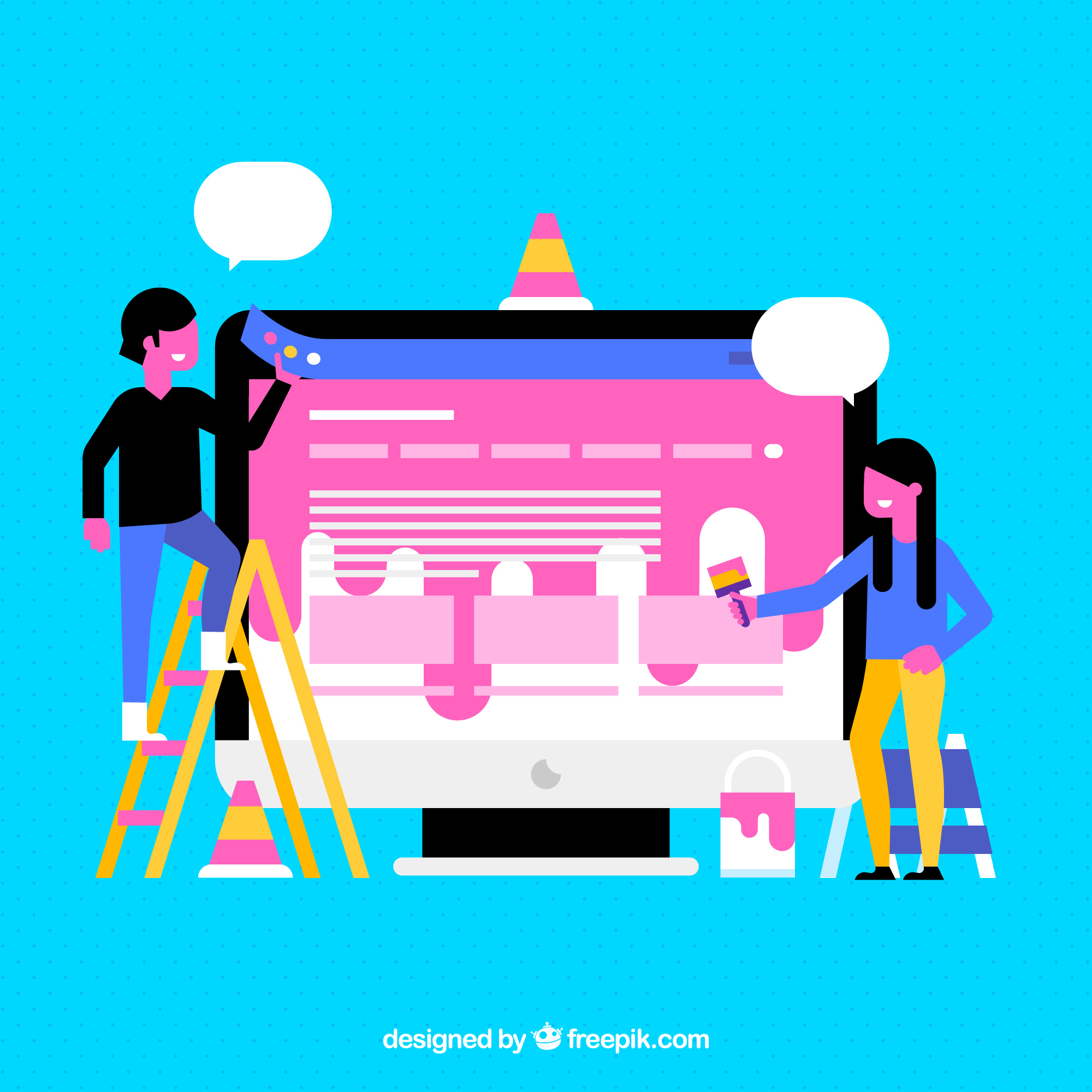Color psychology plays an essential role in web design. It is the study of colors and how they impact human emotions and behaviors. As a web designer, understanding the basics of color psychology can help you create a website that resonates with your audience and boosts conversions. In this blog, we will discuss how to use color psychology in web design to improve conversions.
Understand the Meaning of Colors:
It’s important to take into account the psychological significance of colours when creating a website and to select a colour scheme that complements your brand and your target audience’s values. If you’re looking for Web Design Services in Chennai, you must work with a group that is aware of the significance of colour psychology and can guide you in selecting the appropriate colours for your website. For instance, red might be a good option for a website that offers urgent or passionate services, while blue might be better suited for a website that wishes to project trustworthiness and calmness.
Consider Your Target Audience:
Different colors appeal to different people. Age, gender, and cultural background all play a role in how people perceive color. For instance, children are more attracted to bright and vibrant colors, while adults prefer muted tones. Men and women also have different color preferences. For instance, studies show that women tend to prefer blue, purple, and green, while men prefer blue, green, and black. Knowing your target audience’s preferences can help you choose the right colors to use on your website.
Use Contrast to Make Your Content Stand Out:
Contrast is the difference between two colors. Using contrast can help you make your content stand out and draw your audience’s attention. For instance, if your background is white, using black or dark blue for your text can make it more readable and eye-catching.
Use Color to Create Hierarchy:
Color can also be used to create a hierarchy on your website. For instance, using a different color for your headings can help them stand out and make it easier for users to navigate your site. You can also use color to highlight important elements, such as call-to-action buttons.
Test Your Colors:
The impact of color on human behavior is not an exact science. What works for one website may not work for another. That’s why it’s important to test your colors to see how they impact your audience’s behavior. A/B testing is a great way to compare different color schemes and determine which one works best for your website.
In conclusion, colour psychology can be a potent instrument to help you create a website that connects with your audience and encourages conversions if you’re looking for Web Design Services in Chennai. When using colour psychology in web design, it is crucial to comprehend colour meaning, take into account your target audience, use contrast, establish a hierarchy, and experiment with your colour choices. You can build a website that not only looks great but also generates leads for your company by effectively implementing these steps. Therefore, bear in mind the significance of colour psychology when developing an effective website.









